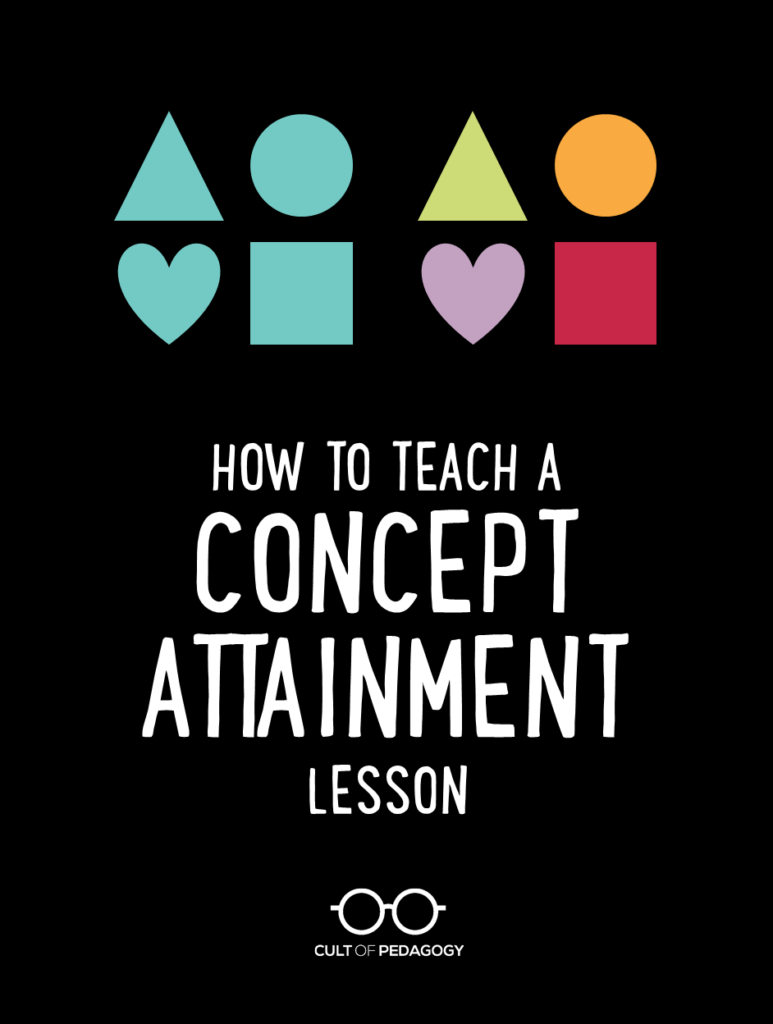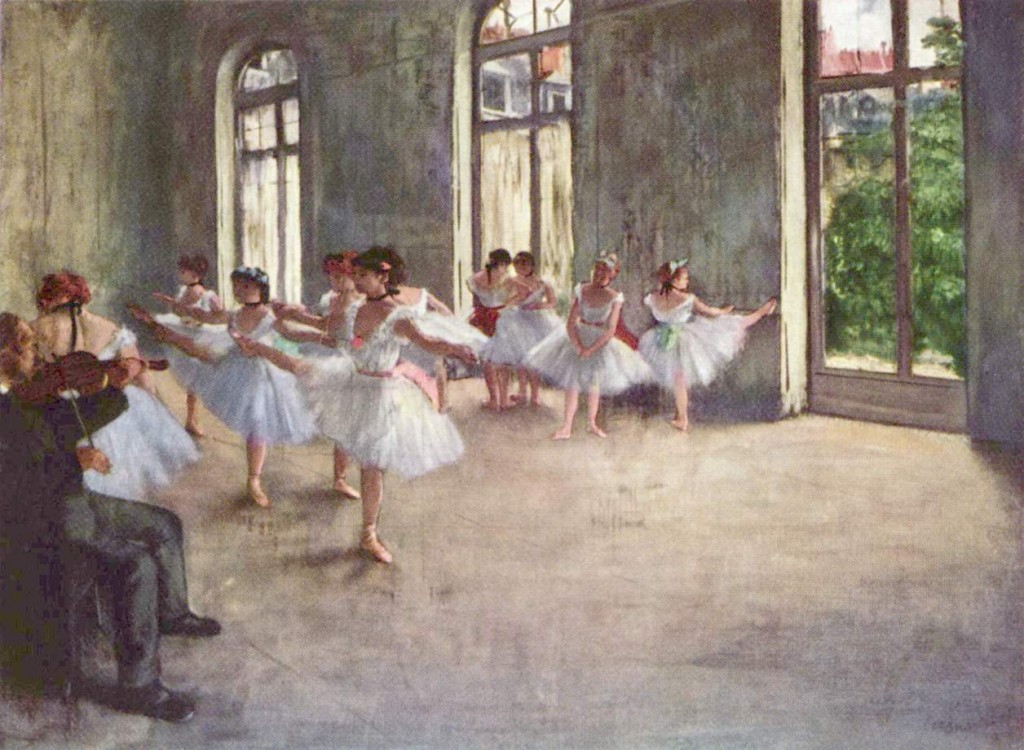How to Use the Concept Attainment Strategy

Give me 5 minutes and you’ll have a new teaching strategy under your belt.
Suppose you’re an art teacher. This week, you want to introduce your students to Impressionism, the style of painting used by artists like Monet and Renoir. Now, you could just give them the name of the style and a definition, then show some examples.
OR!!!
Using a strategy called Concept Attainment, you could reverse that order. Instead of providing any terminology or any kind of definition, you could simply tell students that you’re going to study a new style. To learn the style, you’ll show them paintings that use that style, and paintings that don’t — Yes and No examples. Their job will be to come up with a list of characteristics that they think define the style.
You begin with this first Yes example:

Then a No example:

Followed by this one, another Yes example:

Then another No:

As they study the examples, students work to develop a definition, or a list of characteristics common to all the Yes examples. Once they’ve done this, you give them more Yes examples to test and refine their list. Ultimately, students arrive at a thoughtfully crafted definition of Impressionism — one that will stick with them much longer than if you’d just given it to them to begin with.
For a more thorough example of how Concept Attainment works, I offer you this video demonstration:
The Research Behind the Strategy
I first learned this strategy in Silver, Strong, and Perini’s 2007 book, The Strategic Teacher: Selecting the Right Research-Based Strategy for Every Lesson (Amazon | Bookshop.org). In their chapter on Concept Attainment, the authors explain that the reason this strategy results in deep understanding is because it works with the way human beings instinctively learn. As we experience the world, we naturally organize things into categories based on common attributes. Concept Attainment is structured in the same way.
In their 2001 book, Classroom Instruction That Works, Marzano, Pickering and Pollock identified nine classroom practices that produced the most significant gains in student learning. This strategy uses two from that list: identifying similarities and differences (which was at the top of the list), and generating and testing hypotheses. (See the 2022 edition of the book on Amazon or Bookshop.org)
I like this strategy because it really involves students in their own learning. Instead of just delivering the information to them, you’re helping them discover it on their own. Also, it’s captivating — a mystery to solve! — which is far more likely to engage students than straightforward delivery of information. Finally, it’s a pretty easy switch to make from what you’re already doing: definition-then-examples becomes examples-then-definition, then maybe a little lecture just to tighten things up.
Share Your Experience
Concept Attainment could be used in just about any subject area and at any grade level. I could see it in corporate training, in coaching, even when teaching a preschooler how to wash his hands (“We’re going to come up with some rules for hand washing. Watch these five kids wash their hands. These three are doing it correctly, these two are not. What do you think the rules are?”)
If you have used the strategy and have more information, variations, tips on doing it well, or even a correction to how I’m presenting it here, please tell us about it in the comments section below.
Hope this adds something new and different to your repertoire! ♦